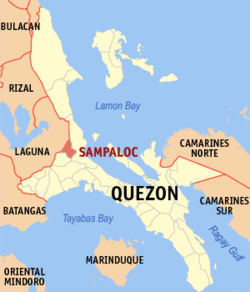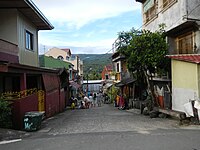
Pagbilao, officially the Municipality of Pagbilao, is a 1st class municipality in the province of Quezon, Philippines. According to the 2020 census, it has a population of 78,700 people.

Cavinti, officially the Municipality of Cavinti, is a 3rd class municipality in the province of Laguna, Philippines. According to the 2020 census, it has a population of 23,980 people.

Candelaria, officially the Municipality of Candelaria, is a 1st class municipality in the province of Quezon, Philippines. According to the 2020 census, it has a population of 137,881 people.
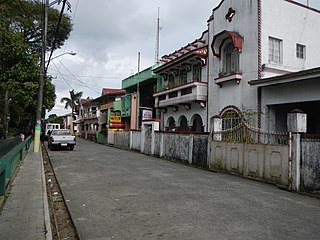
Luisiana, officially the Municipality of Luisiana, is a 4th class municipality in the province of Laguna, Philippines. According to the 2020 census, it has a population of 20,859 people.

Santa Cruz, officially the Municipality of Santa Cruz, is a 1st class municipality and capital of the province of Laguna, Philippines. According to the 2020 census, it has a population of 123,574 people.

Tanay, officially the Municipality of Tanay, is a 1st class municipality in the province of Rizal, Philippines. According to the 2020 census, it has a population of 139,420 people.

Sariaya, officially the Municipality of Sariaya, is a 1st class municipality in the province of Quezon, Philippines. According to the 2020 census, it has a population of 161,868 people.

Villaverde, officially the Municipality of Villaverde, also spelled as Villa Verde, is a 5th class municipality in the province of Nueva Vizcaya, Philippines. According to the 2020 census, it has a population of 20,118 people.

Calauag, officially the Municipality of Calauag, is a 1st class municipality in the province of Quezon, Philippines. According to the 2020 census, it has a population of 71,809 people.
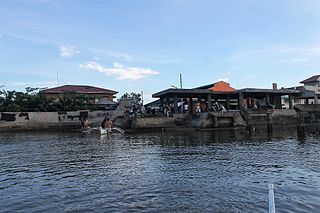
General Luna, officially the Municipality of General Luna, is a 4th class municipality in the province of Quezon, Philippines. According to the 2020 census, it has a population of 24,804 people.

Guinayangan, officially the Municipality of Guinayangan, is a 3rd class municipality in the province of Quezon, Philippines. According to the 2020 census, it has a population of 44,045 people.

Macalelon, officially the Municipality of Macalelon, is a 4th class municipality in the province of Quezon, Philippines. According to the 2020 census, it has a population of 27,312 people.

Lucban, officially the Municipality of Lucban, is a 2nd class municipality in the province of Quezon, Philippines. According to the 2020 census, it has a population of 53,091 people.
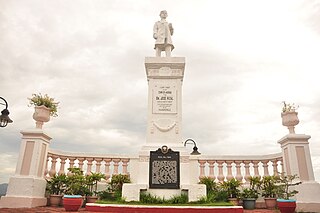
Mauban, officially the Municipality of Mauban, is a 1st class municipality in the province of Quezon, Philippines. According to the 2020 census, it has a population of 71,081 people.

Pitogo, officially the Municipality of Pitogo, is a 4th class municipality in the province of Quezon, Philippines. According to the 2020 census, it has a population of 22,798 people.

Plaridel, officially the Municipality of Plaridel, is a 5th class municipality in the province of Quezon, Philippines. According to the 2020 census, it has a population of 10,129 people.

Quezon, officially the Municipality of Quezon, is a 5th class municipality in the province of the same name. According to the 2020 census, it has a population of 15,886 people.

San Antonio, officially the Municipality of San Antonio, is a 4th class municipality in the province of Quezon, Philippines. According to the 2020 census, it has a population of 35,891 people.

Tiaong, officially the Municipality of Tiaong, is a 1st class municipality in the province of Quezon, Philippines. According to the 2020 census, it has a population of 106,265 people.

Unisan, officially the Municipality of Unisan, is a 4th class municipality in the province of Quezon, Philippines. According to the 2020 census, it has a population of 25,448 people.

